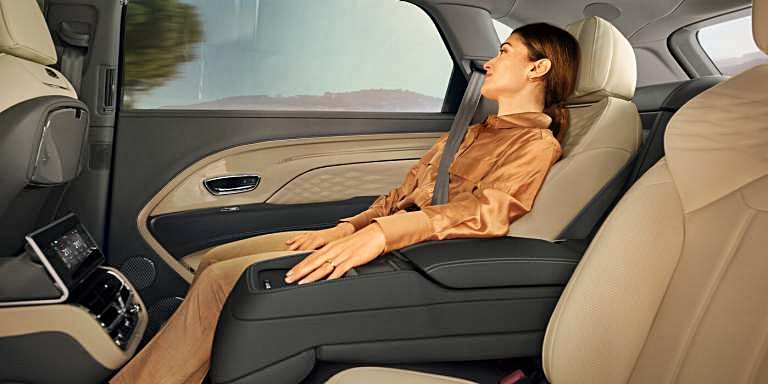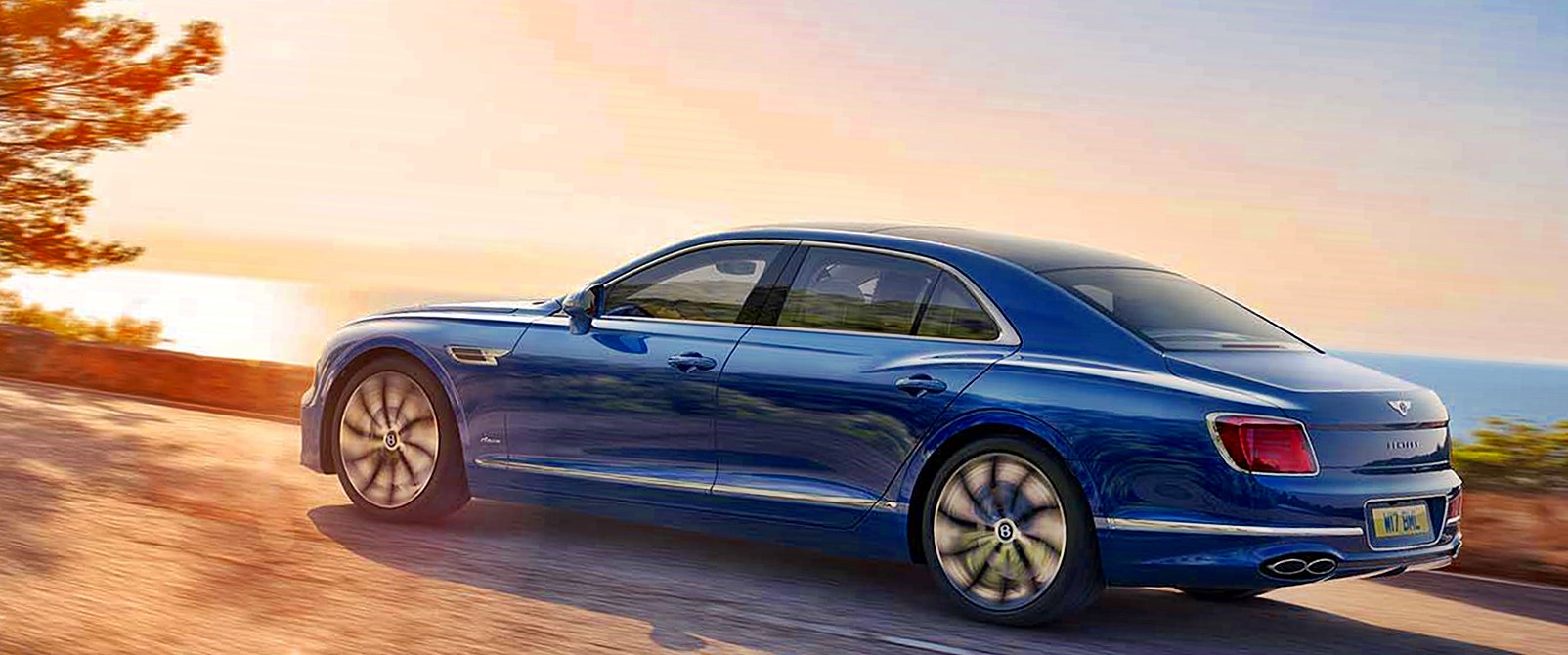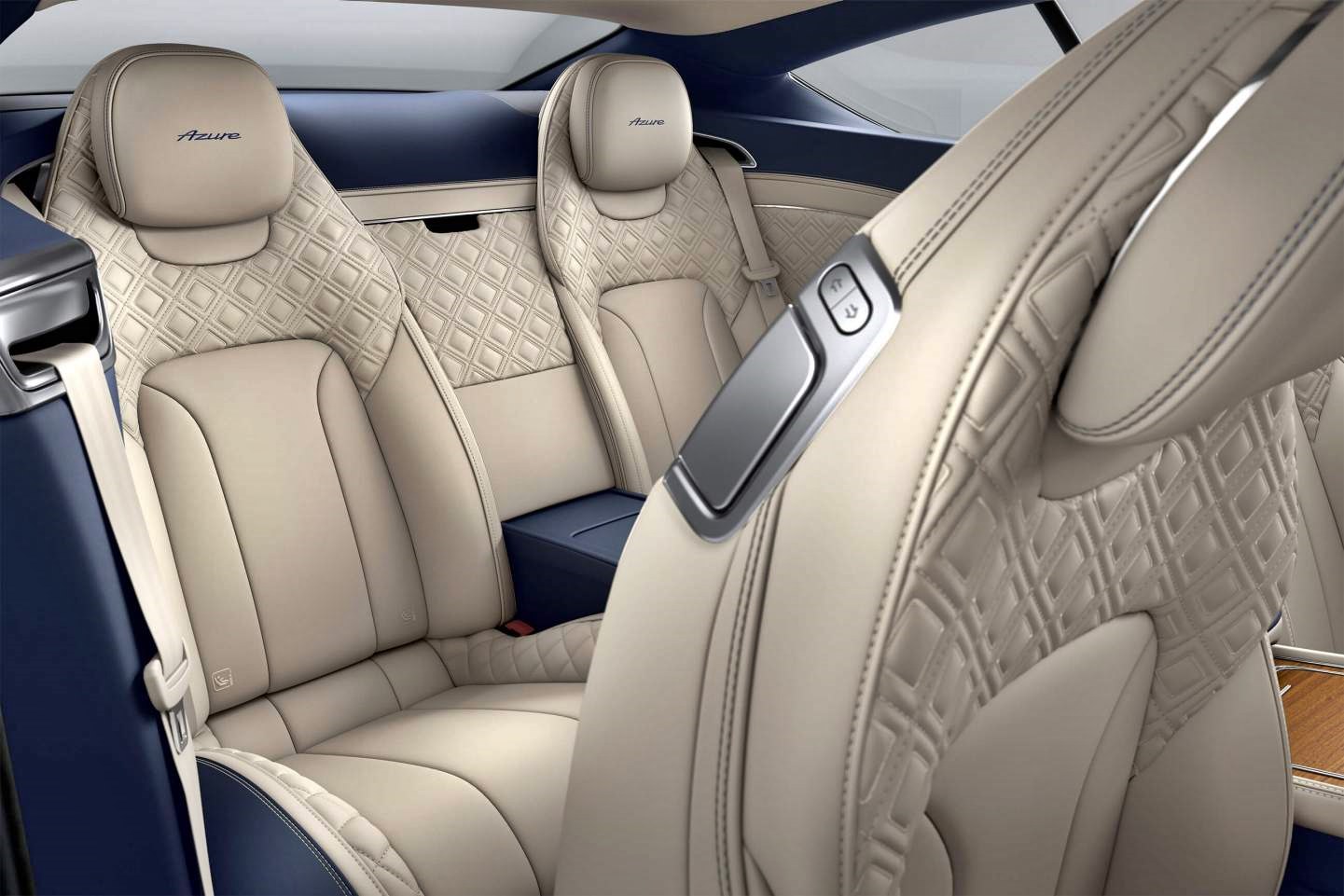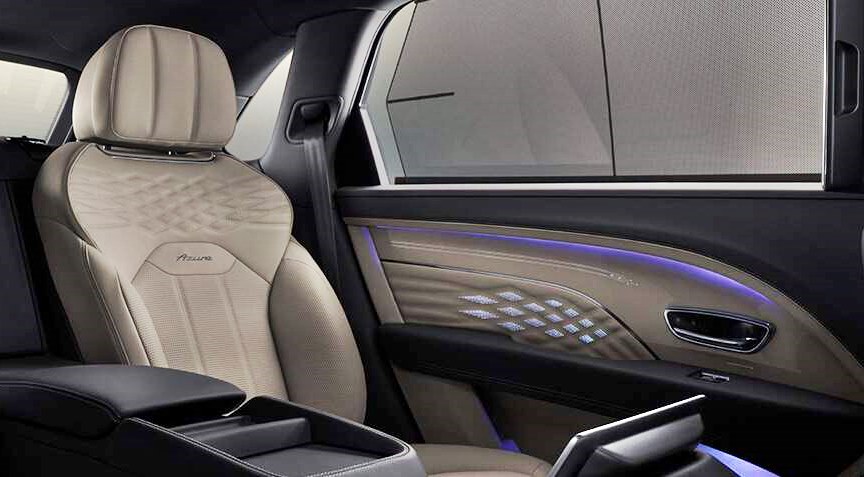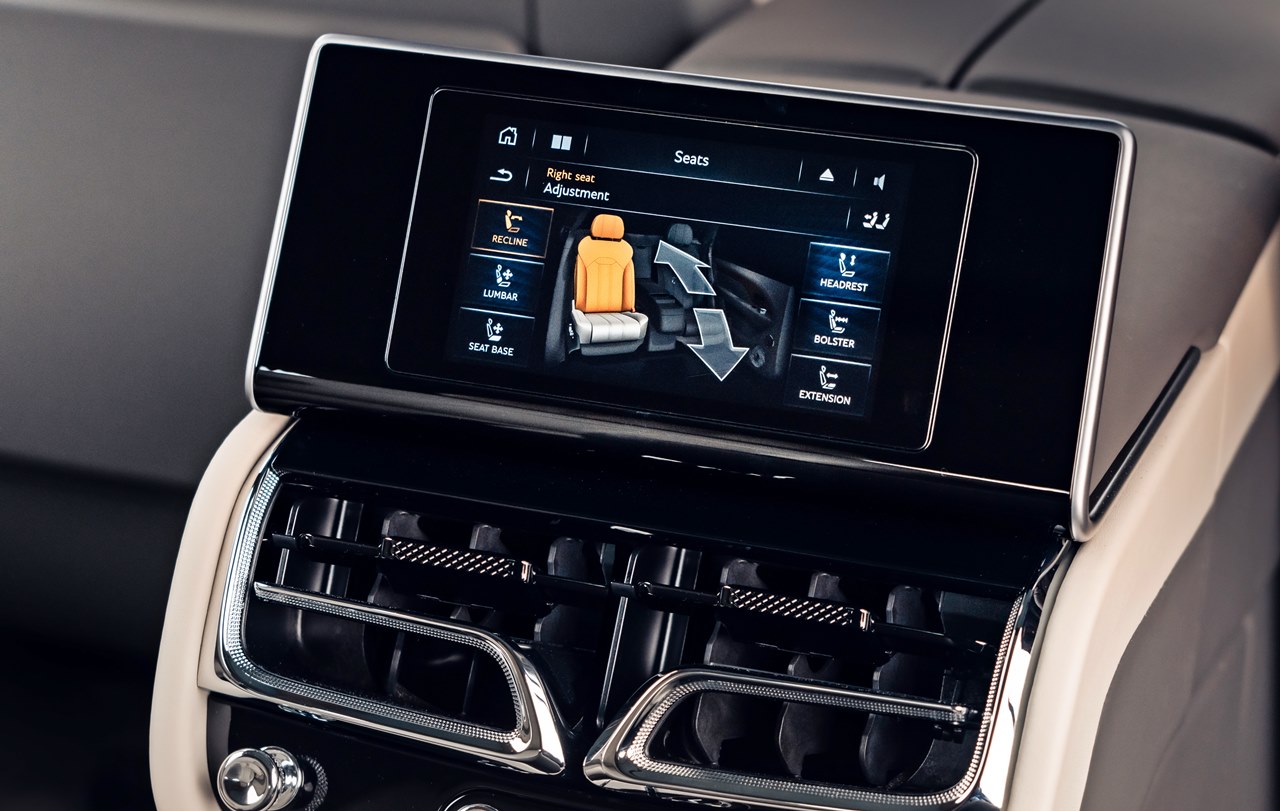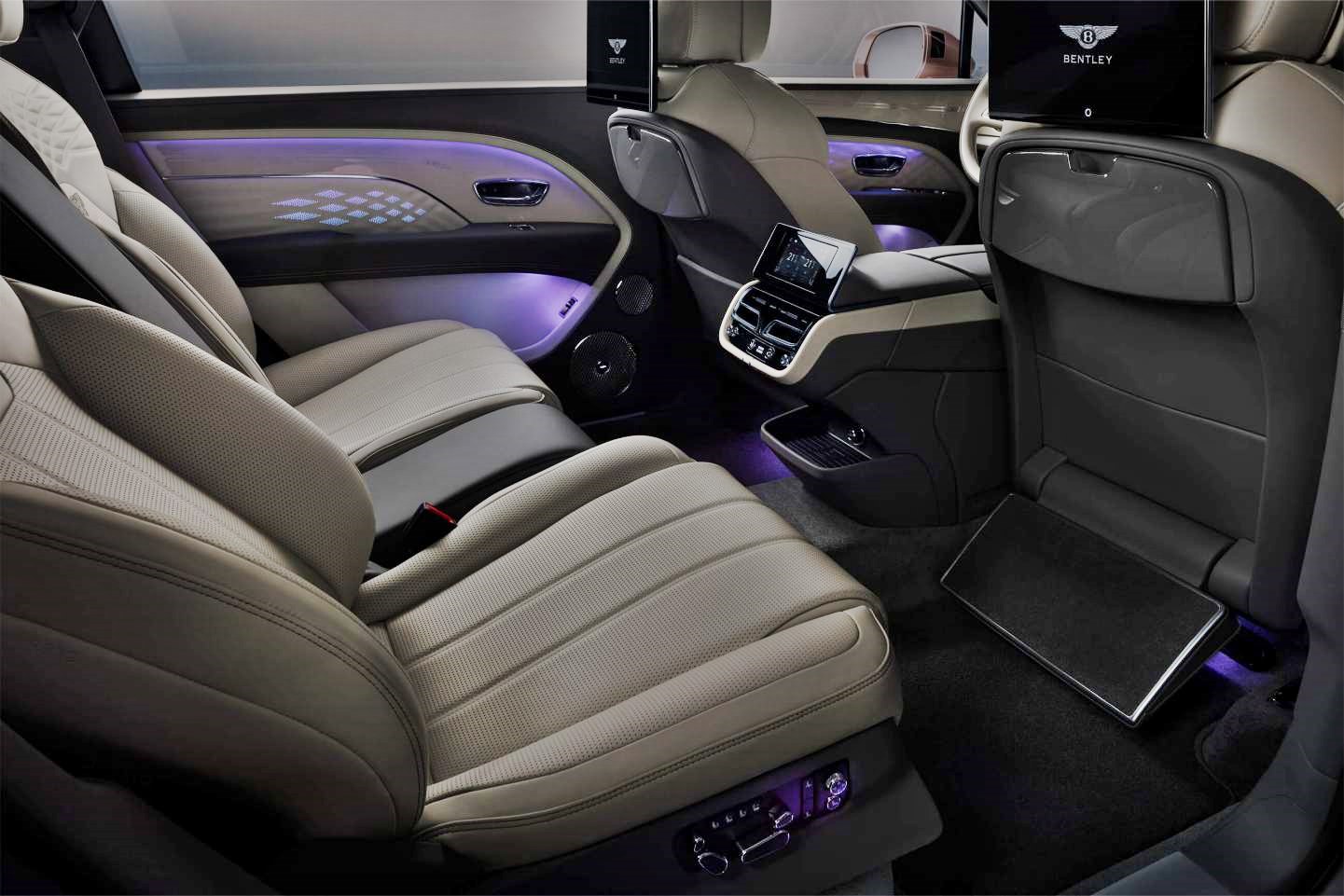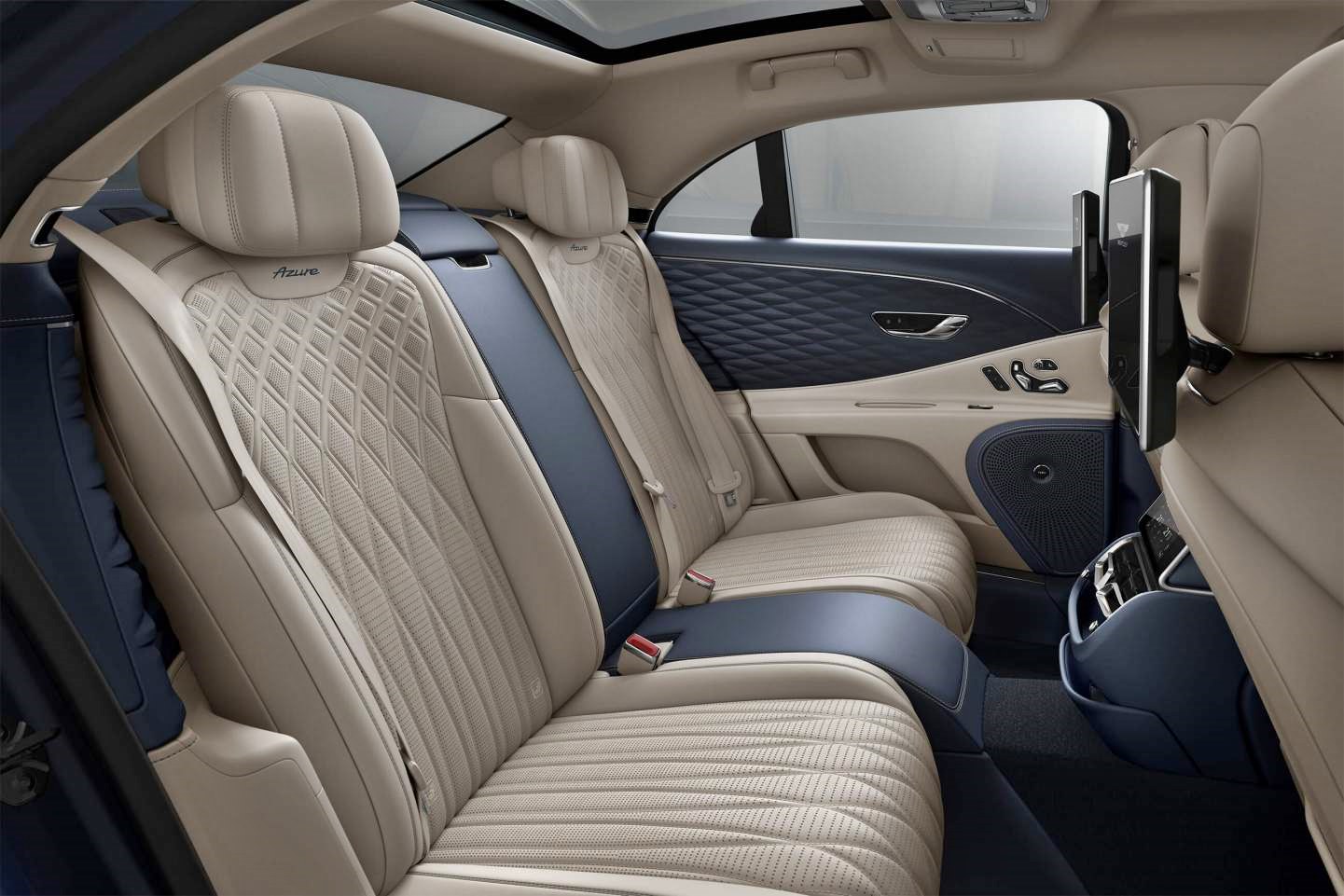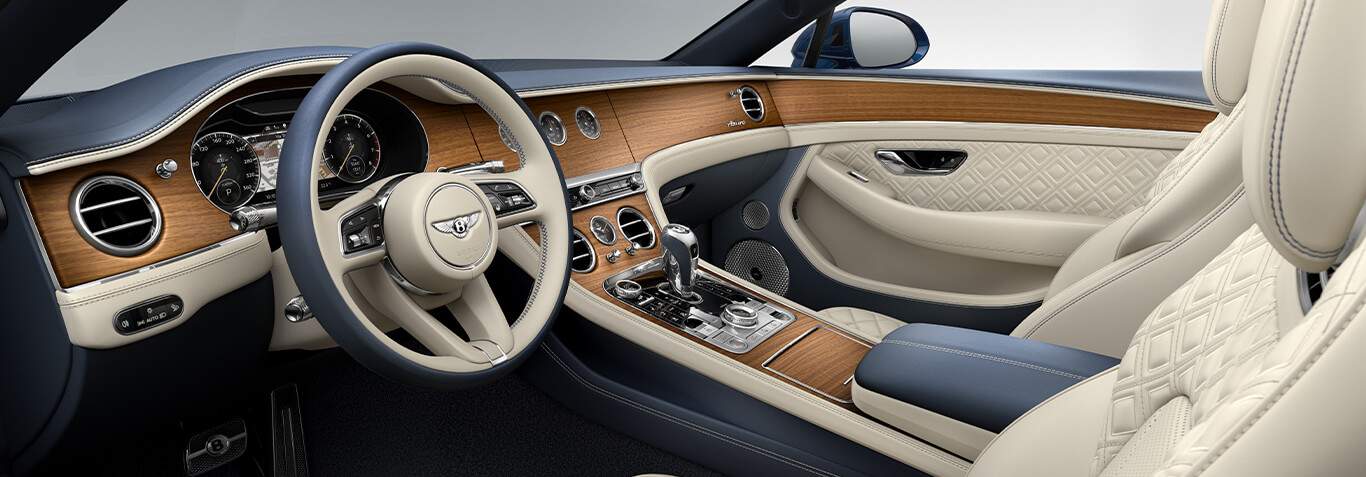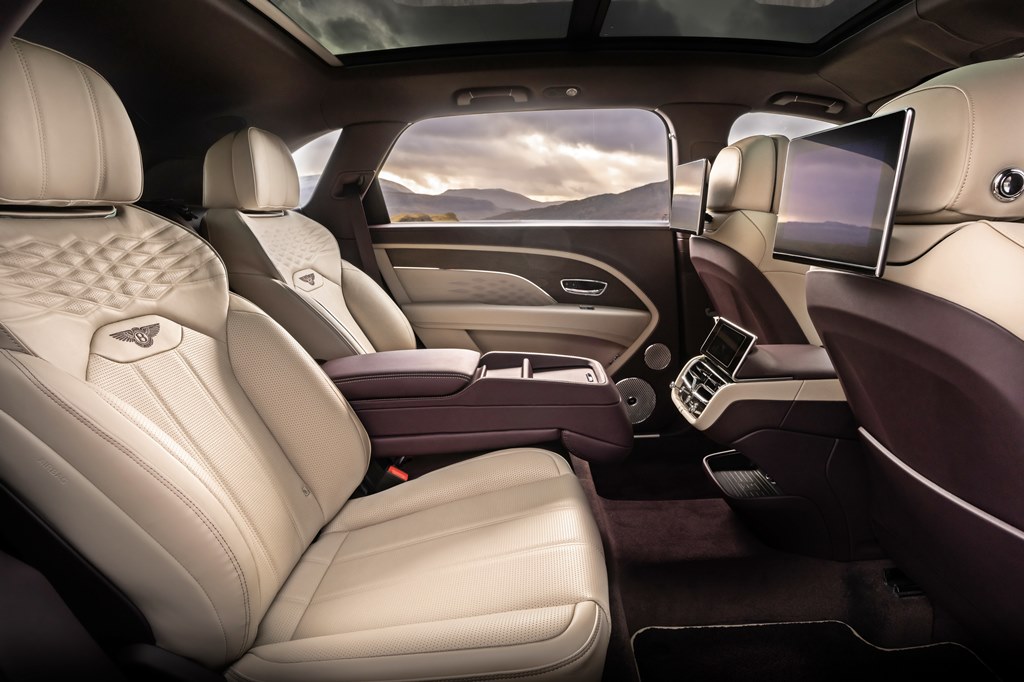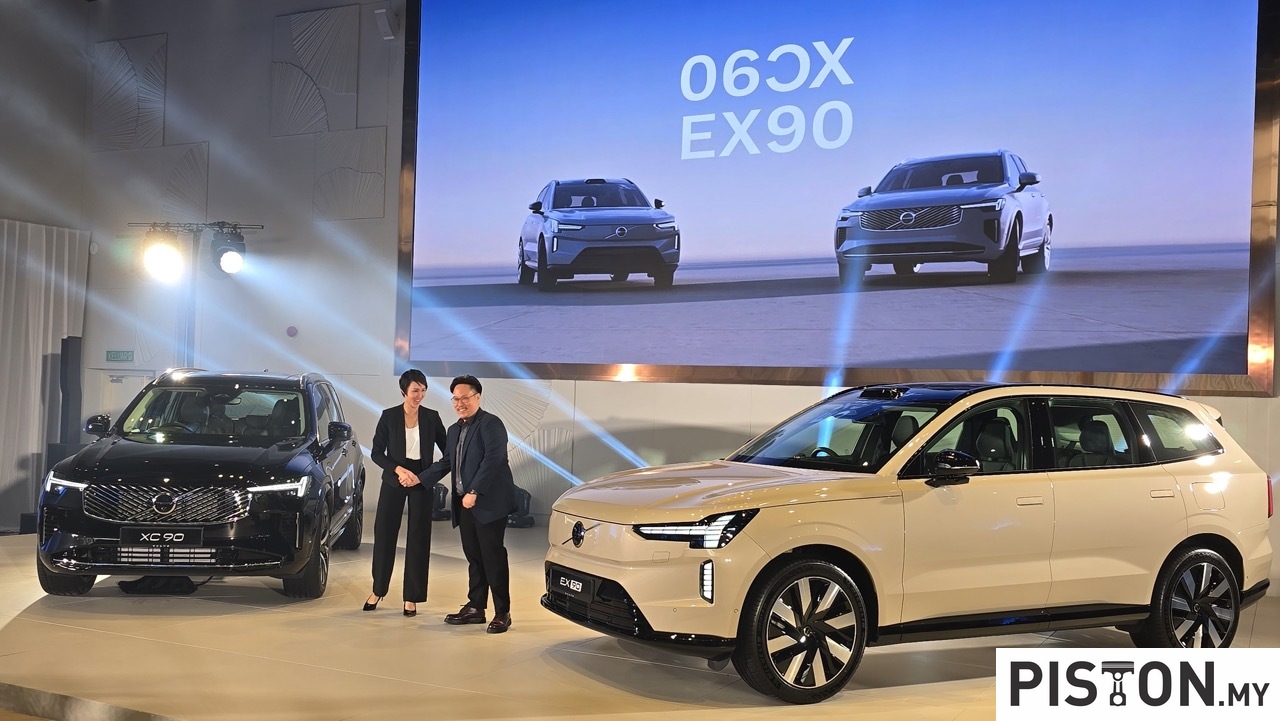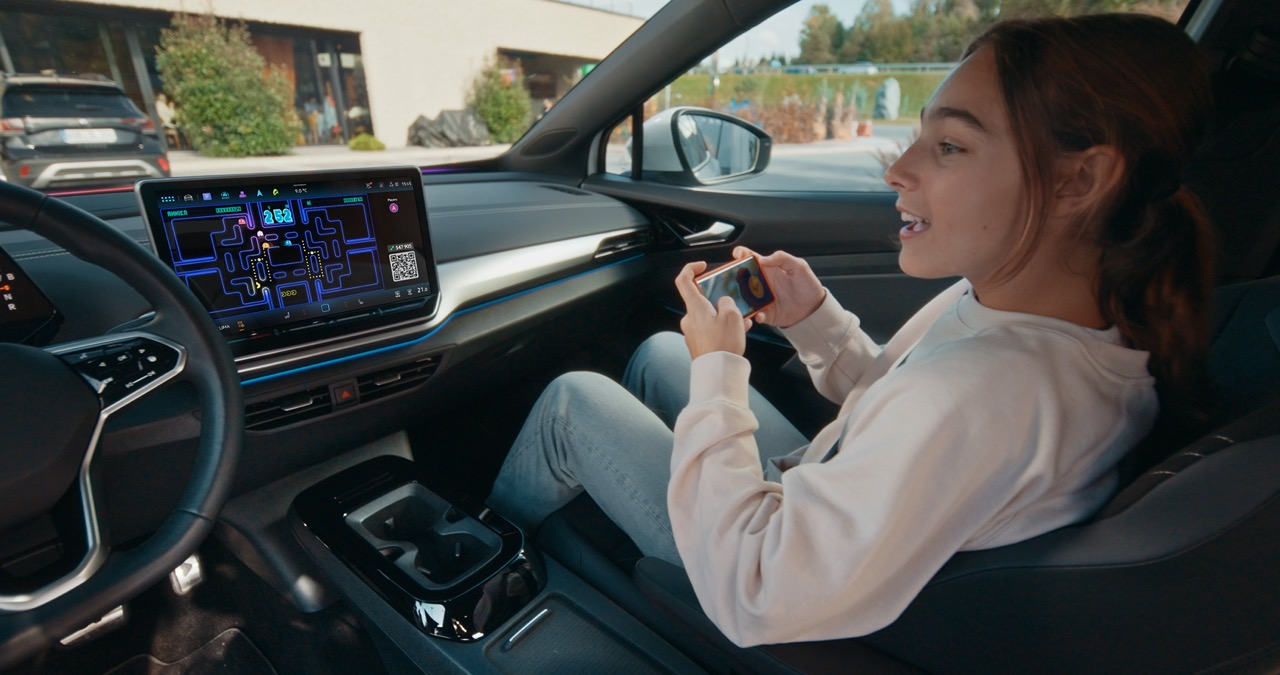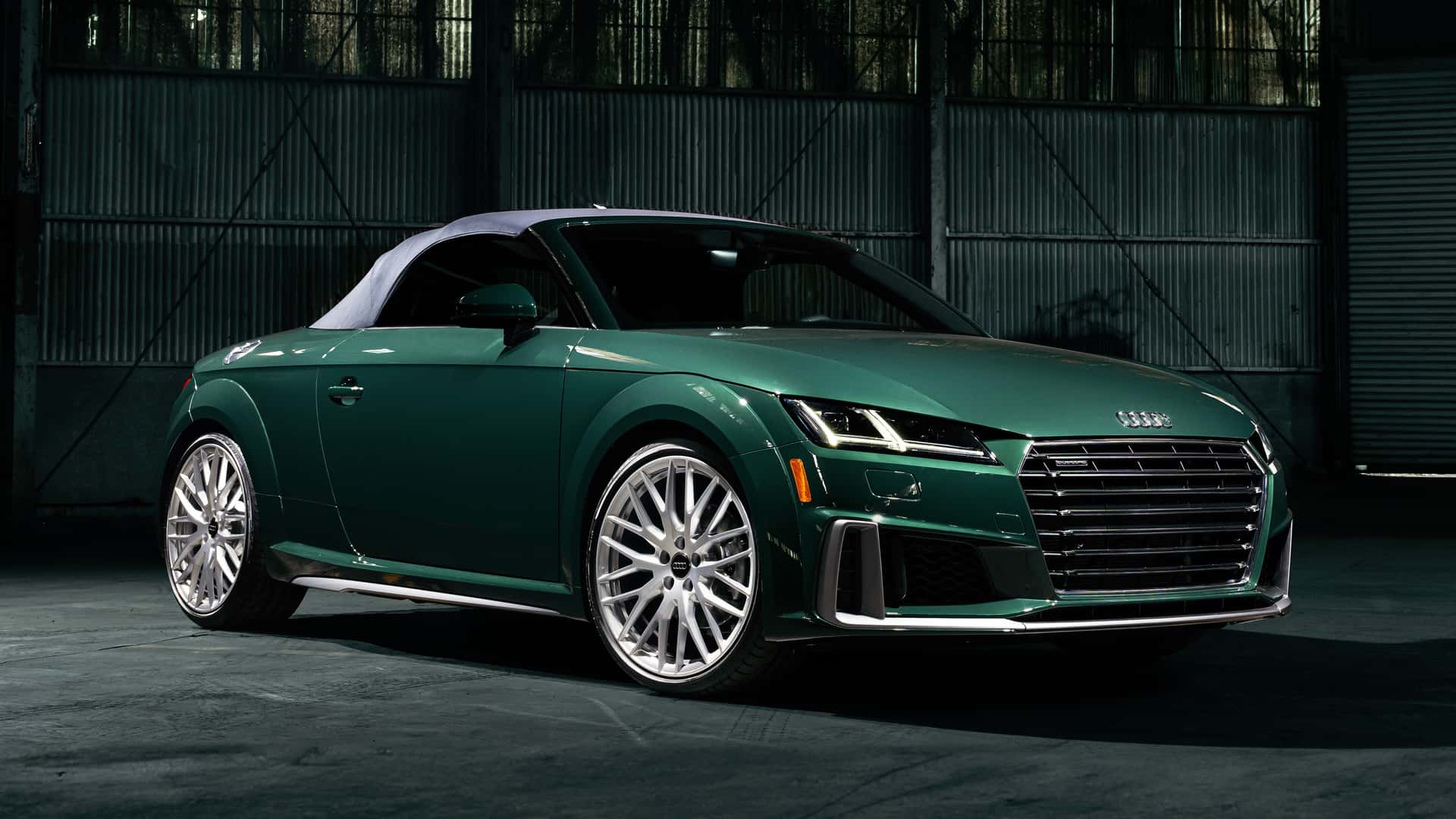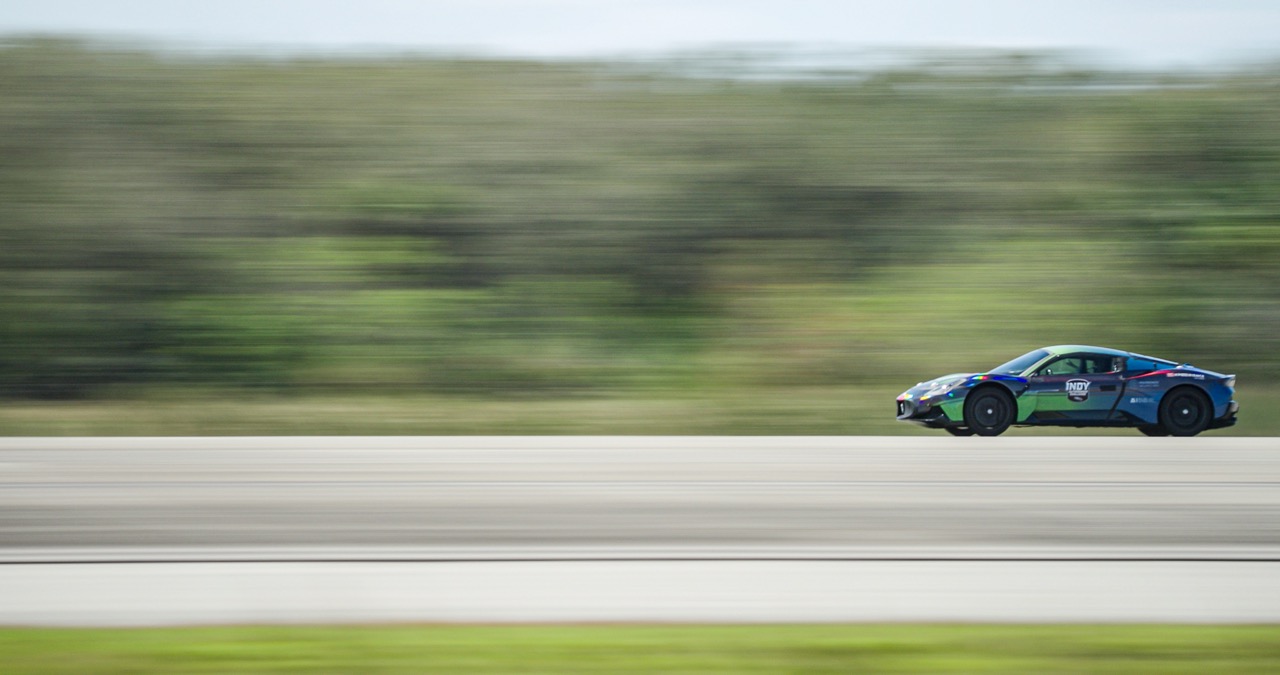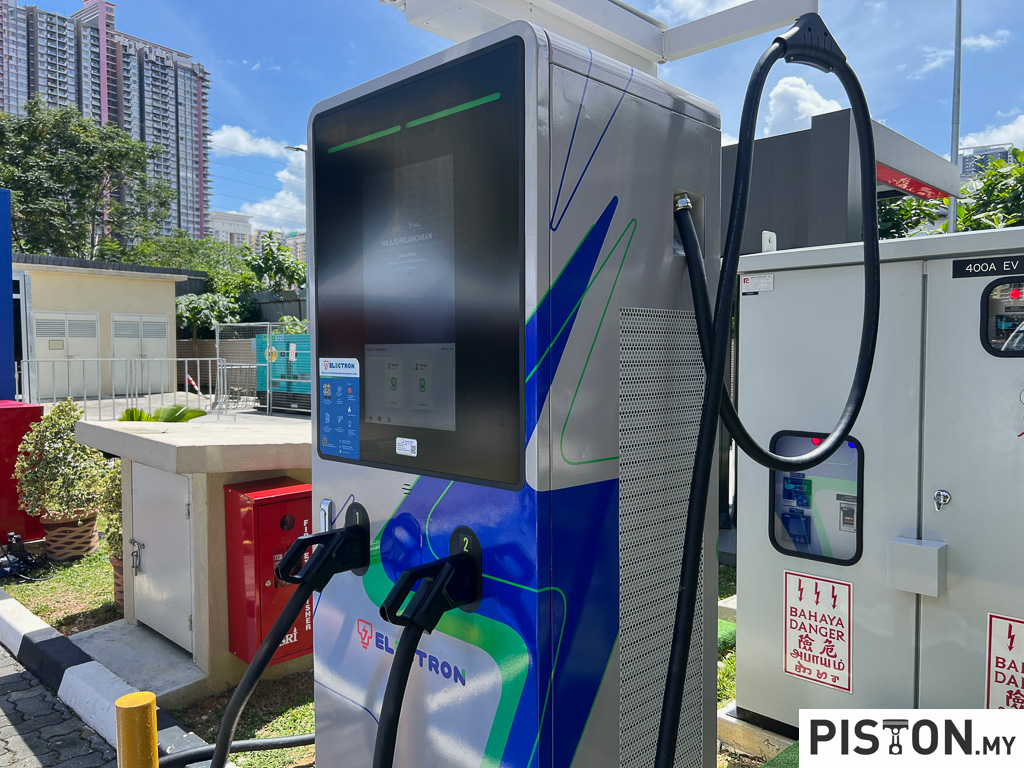At the very top end of the car market, the luxury models have long been known for their comfort, usually described in superlative terms. For limousines that cost over a million ringgit, the comfort experienced by the occupants must be nothing less than the best and engineers as well as interior designers work very hard to ensure this.
Now, besides comfort, the wellbeing of the occupants is also given a greater deal of attention. Certainly, when one travels in a Bentley, the experience will also provide a heightened sense of wellbeing, but the company now wants to deliver driver and passengers to their destination more relaxed than when they set off.
With the new Azure range that will be available across the full Bentley model line-up, the occupants will have a curated selection of features designed to enhance wellbeing and comfort. The aim is that at journey’s end, they will step out feeling refreshed, alert and ready to resume their busy lives.
The science of wellbeing
But what actually promotes wellbeing? To analyse and develop Bentley’s new concept of ‘wellbeing behind the wheel’, the Azure development team engaged a creative neuroscientist to work with them. Considering everything from light, to the patterns we see around us, to the impact of in-car posture and the importance and thermal comfort, the neuroscientist’s research paired with Bentley’s own measurements to give science-based analysis to the relaxing experience of travelling in a Bentley, as a driver or a passenger.
The two most crucial influences over onboard relaxation are ride comfort and NVH (Noise, Vibration and Harshness). Research that tracked thousands of people over a 4-year period found that those exposed to traffic noise over 70 dB were 65% more at risk of depression.
Taking the new Bentayga EWB as an example, measurements showed it to be quieter inside than its competitors, by between 4% and 26%, depending on frequency and position inside the car. Secondary ride comfort is another key variable that affects onboard wellness – obviously, the smoother the ride, the more calming the journey. At typical road speeds and in the crucial frequency range of 5 Hz to 20 Hz, the Bentayga EWB has up to 27% lower secondary ride vibration than its competitors.
Science-Informed Design approach
Facts like these inspired Bentley’s team to adopt a Science-Informed Design approach, using a variety of interdisciplinary methods to create the most positive sensation of wellness and comfort for drivers and their passengers. And because a car is a multisensory environment, this approach involved designing not simply for the senses of vision, hearing, touch and smell but also for the position of our bodies (proprioception), gravity and acceleration (vestibular), temperature and even the body’s internal sensation (interoception).
Escaping the outside world into a personalised environment, with less outside noise, that could otherwise reduce attention, impact memory and increase stress response. Where once a vehicle acoustic engineer would have focused on the suppression of NVH as much as possible to create the quietest possible cabin environment, the focus is now is also on the quality of sound.
“We have to understand how we all detect and respond to sounds and then work out how to engineer those sounds into the components that make a Bentley,” explained Bentley Acoustics Engineer Andy Jackson. “We balance the sound from the vehicle and cocoon the occupants from outside world by minimizing sound penetration. We harmonise the acoustics with the other sensory inputs in the vehicle. The sound is literally in the vehicle’s DNA; it’s authentic and crafted.”
Most advanced seat design
Seating is one of the important elements too. It is important to keep the body in the right posture because when we slump, our bodies can take in as much as 30% less oxygen, affecting our ability to think and placing additional stress on the body.
This led to the most advanced seat ever fitted to the car – Bentley’s Airline Seat Specification. Available in the rear cabin, the seat has 22 ways of adjustment and world-firsts in a new auto climate sensing system and postural adjustment technology.
In Relax mode, the seat can recline to 40 degrees, whilst the passenger seat is motored forward and a footrest deploys from the back of the front passenger seat. In Business Mode, the seat moves into its most upright position to make working on the move more comfortable.
The Postural Adjustment function uses new thigh and shoulder pockets, plus additional lumbar massage pockets, to subtly yet continuously change the shape of the seat to ease pressure points around the body, preventing ‘dead spots’ and fatigue build-up. The use of air pockets enables more continuous and complex movements to be made – which are virtually imperceptible to the passenger – rather than the linear movements resulting from the use of seat motors.
The system goes beyond the 2D motions typical of adjustable seats, able to employ a 3-dimensional twist to relieve pressure points. Six independent pressure zones can provide 177 adjustments every 3 hours to ensure consistent seat comfort, regardless of the length of the journey. Studies have shown that actively supporting body weight in a dynamic way relieves strain, which can bring on mental stress and cause lack of focus. Natural supported postures have been shown to alleviate stress from tensed muscles.
Besides the heating and ventilation function in the seats which help to maintain the body’s optimum temperature for comfort and alertness, there is also a massage function with 6 programmable settings. This massage function promotes the constant micro-adjustments in muscle and posture that are so vital in preventing fatigue.
Even scent is important
When we see pleasing forms, shapes and colours, our brains release chemicals such as dopamine that not only make us feel good but are good for our body and sense of wellbeing. This led the Azure team to consult with neuroscientists to understand the interrelationship of colour, texture, tactility and even scent to create an atmosphere of relaxed serenity.
“Sensory receptors convert physical stimuli in neural activity, creating changes in our brain and nervous system. Every fabric, sound, motion, colour and touch continuously impacts our nervous system and the Azure cabin has been finessed accordingly,” said Maria Mulder, Head of Colour & Trim at Bentley Motors.
To that end, the Azure interior design specification includes ‘wellness quilting’ which has fractal patterns of precisely crafted diamond quilted upholstery creating an eye-pleasing interplay of light and shade. And while Bentley customers will always have access to the full range of wood veneers, the Azure range includes 3 open pore veneers with a softer, satin, reflective quality that can bring on a calm mood.
A personalised climate within
For most passengers, just having an environment with a comfortable temperature would be pleasant enough on any journey. But in a Bentley, there is Seat Auto Climate where each passenger can select their desired temperature. The contact temperature and surface humidity are then directly measured (cushion and backrest independently) and the heating and ventilation are adjusted to achieve the required temperature.
This is continuously monitored to ensure it remains constant as optimised body temperature is vital when the focus is on individual wellbeing. In studies that have manipulated body temperature via external means, it has generally been reported that cognitive function is reduced by decreasing body temperature below normal. A comfortable thermal environment can also alleviate fatigue, reduce irritability, and improve driving safety.
Bentley stretches the Bentayga to create a new flagship model




